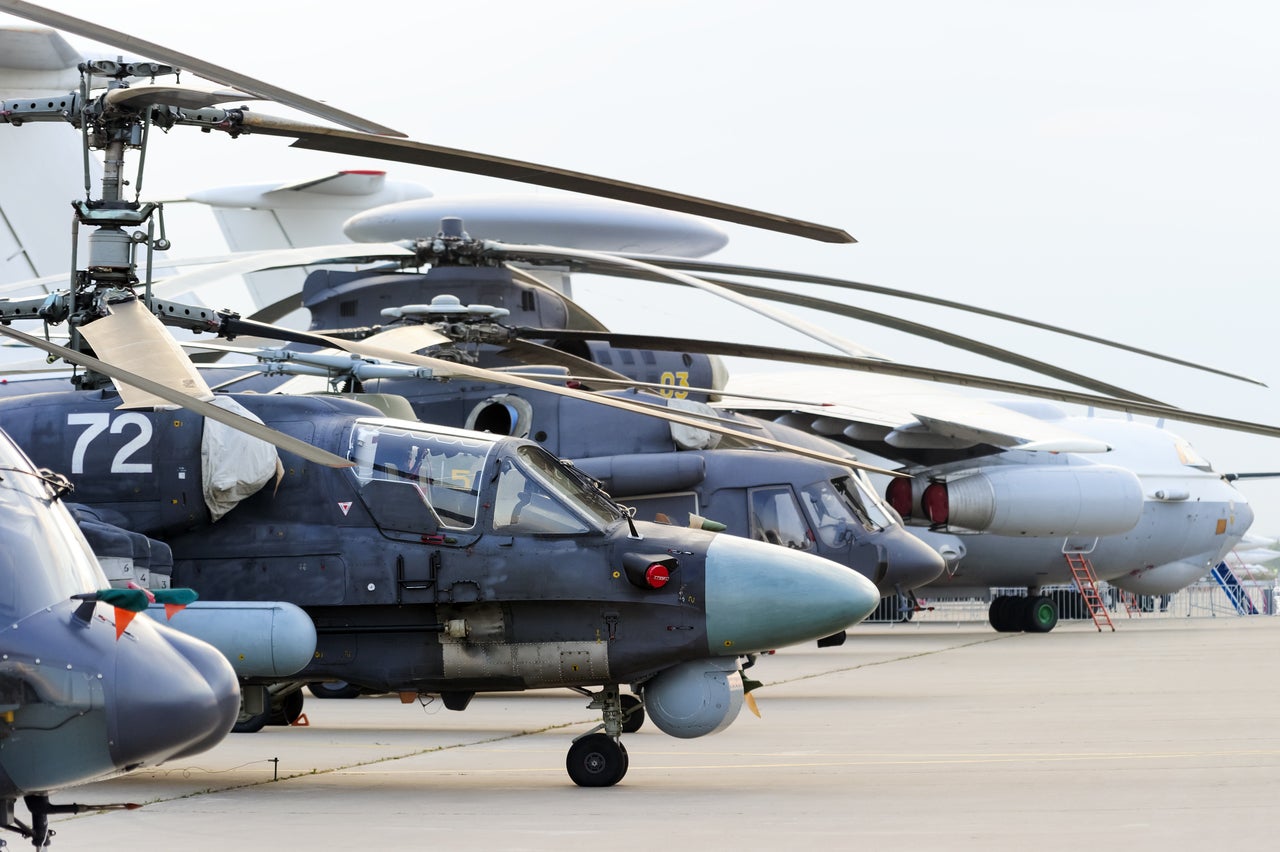Much of the news regarding Russian weapons programs in terms of development, procurement and deployment has centred on flagship weapons with more than a hint of the political in the motivations for press on the topic. A number of key developments that will be fundamental to combat performance have gone under reported and understated.
With the maturation of Russia’s Gerasimov doctrine of ‘limited actions’ and independent aerospace pockets of deployment, as seen in Syria for example, critical tools for this policy have been getting funding. With the Russian Airforce (VVS) increasingly active, much attention has been given to platform development (such as the PAK-FA/Su-57), and strategic munitions (such as Kh-47M2 Kinzhal).
The weapons likely to have the greatest influence on combat performance, capabilities of deployed forces, and force postures and behaviours on the ground are however somewhat different. Less headline-grabbing is Russia’s major contract for the R-77-1 Medium Range Air To Air Missile, likely for several thousand missiles. In the aerial shadow-boxing and air policing that has been a hallmark of recent Russian deployments, including the aircraft-loss incidents involving Turkey and Israel, the medium range air to air munition with the active seeker rather than earlier incarnations would have been the primary load for deterrent VVS flights. In broader terms, the VVS loadouts being modernised is likely to allow deployed forces to be more aggressive, less reliant on Ground Based Air Defense for protection, and will force opponents to operate from a greater range.
Anthony Endresen, Analyst at GlobalData, comments, “Looking at the pattern of deployments in Syria, for example, we see that it is likely the weapons that will actually enhance Russian posture and options in the operational area are going to be localised capabilities that will inform Russian force behaviours as well as adversary behaviours. In the case of the VVS aircraft shot down by Turkey, it is conceivable the Russian posture was informed by the limited numbers of medium range air to air missiles then available in theatre. Su-35s carrying full loadouts of active-seeker R-77-1s operating out of Khmeimim might see more cautious Turkish activity relating to the VVS, than carrying of semi-active R-27 missiles for top-cover roles.
Complementing the R-77-1 will be the long range R-37M (NATO Codename: Axehead) with both active and semi-active seekers, as well as the R-77-1 variant (known as Izdeliye 180 currently) being tested for internal-carry on signature-managed platforms like the PAK-FA/Su-57 and the Hunter/Okhotnik UCAV. Clearly the calculus here is to give the day to day platforms more capable teeth, given the strategic weapons announcements have little impact on the ground in real deployments.
As much as the major announcements of ‘revolutionary’ systems like Burevestnik, Poseidon, and Kinzhal grab the headlines, it is likely these evolutionary advances being deployed will be the real influencers of deployment behaviour changes, as well the necessary western responses.

US Tariffs are shifting - will you react or anticipate?
Don’t let policy changes catch you off guard. Stay proactive with real-time data and expert analysis.
By GlobalDataGiven the economic climate, Russia will certainly be exporting variants, and thus they will be encountered beyond Russian deployments which themselves are increasing. Some of these programs that are nominally upgrades should really be getting more attention, as this is where the real influencers of the market and technology are to be found in the coming years. Whilst the air to air domain has been the focus here, this actually applies across the domains.”




